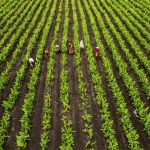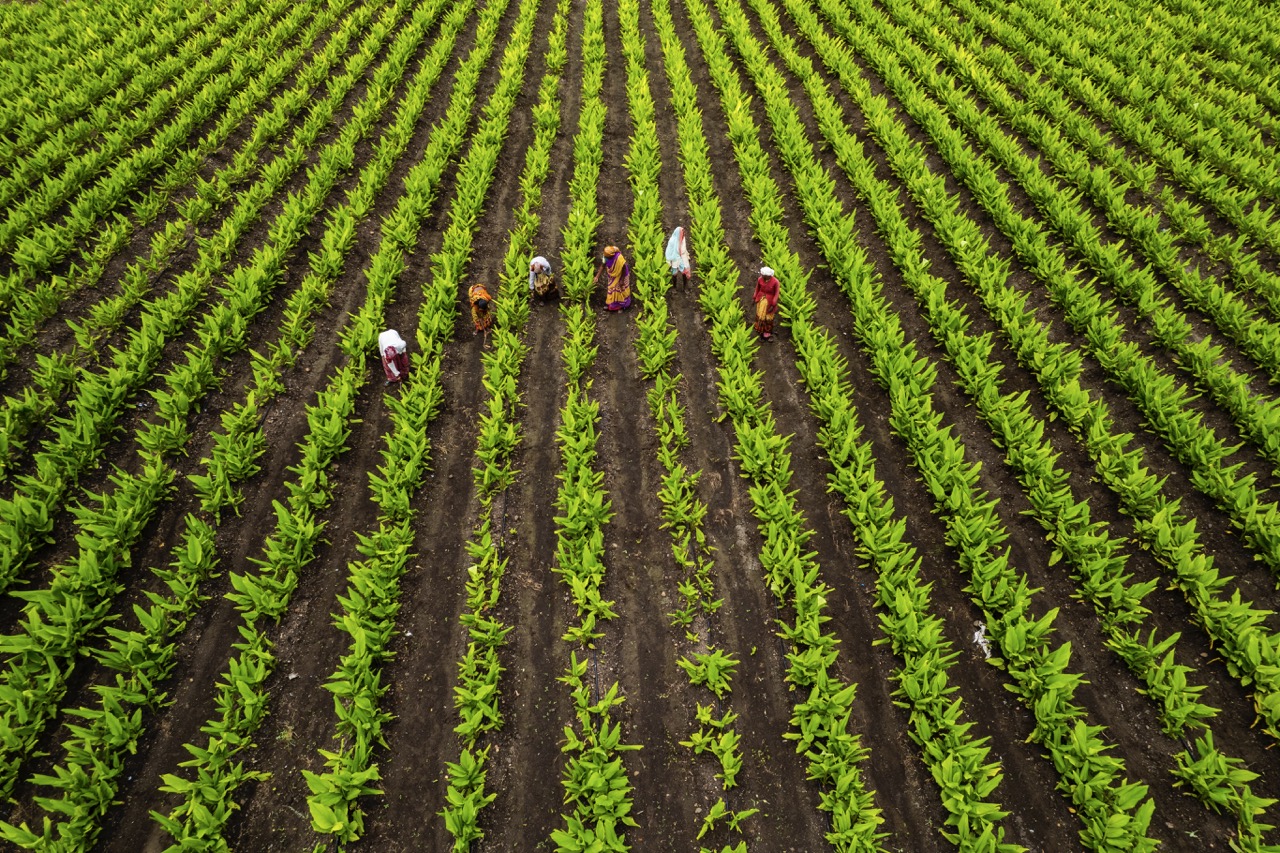As global concerns about climate change and environmental degradation grow, the agricultural sector faces increasing scrutiny regarding its sustainability practices. Creating a green farm that utilizes renewable energy not only helps combat these challenges but also promotes ecological balance and agricultural productivity. By harnessing the power of natural resources, farmers can significantly reduce their carbon footprints while contributing to a sustainable future. This article explores practical strategies for establishing a green farm that integrates renewable energy solutions.
Understanding the Importance of Sustainable Farming Practices
Sustainable farming practices are essential in addressing the environmental impacts of agriculture. Traditional farming methods often rely heavily on fossil fuels, contributing to greenhouse gas emissions and resource depletion. By adopting sustainable practices, farmers can not only enhance biodiversity but also improve soil health and water quality. This holistic approach fosters resilience in farming systems, ultimately leading to increased productivity and profitability.
Furthermore, sustainable farming aligns with consumer preferences for environmentally friendly products. As more consumers prioritize sustainability, farmers who embrace green practices can differentiate themselves in the market. This shift can lead to better economic returns, as consumers are often willing to pay a premium for sustainably produced goods. By prioritizing sustainability, farmers are not just contributing to environmental conservation; they are also securing their economic future.
Additionally, sustainable practices can enhance community resilience. By investing in local ecosystems and collaborating with community members, farmers can create a supportive network that shares knowledge and resources. This collective effort strengthens the agricultural community and fosters a culture of sustainability that can be passed down through generations. In this way, understanding and implementing sustainable farming practices is not just beneficial for individual farms but essential for the well-being of communities and ecosystems alike.
Harnessing Solar Power: A Key Component for Green Farms
Solar power is one of the most accessible and effective forms of renewable energy for farmers looking to create green farms. By installing solar panels, farmers can generate clean energy to power their operations, significantly reducing dependence on non-renewable energy sources. This transition not only decreases operational costs over time but also minimizes the carbon footprint associated with traditional energy consumption.
In addition to powering equipment and facilities, solar energy can be used to fuel irrigation systems, cooling units, and even greenhouses. Integrating solar power into various aspects of farming operations enhances energy efficiency and promotes self-sufficiency. Moreover, many governments offer incentives and rebates for farmers adopting solar technology, making it a financially attractive option for those looking to invest in renewable energy.
The benefits of solar energy extend beyond the farm itself. By generating excess energy, farmers can contribute to the local power grid, providing renewable energy to their communities. This not only promotes sustainable energy consumption but also helps build a positive relationship between farmers and their neighbors. As solar technology continues to advance and become more affordable, it can play a pivotal role in the transition to greener agricultural practices.
Integrating Wind Energy Solutions for Agricultural Success
Wind energy is another powerful tool for farmers seeking to enhance sustainability on their farms. By installing wind turbines, farmers can harness the natural wind currents to generate electricity, either for their own use or to sell back to the grid. Wind energy systems can significantly reduce energy costs, particularly in rural areas where wind resources are abundant, making them an attractive option for many agricultural operations.
Incorporating wind energy into farming practices can also improve crop productivity. The strategic placement of wind turbines can create microclimates that benefit certain crops by protecting them from harsh weather conditions. Additionally, wind-generated electricity can power advanced agricultural technologies, such as automated irrigation systems and climate-controlled greenhouses, further enhancing farm efficiency and sustainability.
While the initial investment in wind energy technology may be significant, the long-term economic benefits can be substantial. As with solar power, farmers can often access grants and financial assistance for wind energy projects, helping to mitigate upfront costs. By diversifying their energy sources and integrating wind energy solutions, farmers can create a resilient and sustainable agricultural system that can adapt to changing environmental conditions.
Implementing Efficient Water Management with Renewable Systems
Efficient water management is crucial for any green farm, particularly in the face of climate change and increasing water scarcity. Renewable energy systems, such as solar-powered pumps and wind-driven irrigation, can significantly reduce the energy costs associated with water management. By utilizing renewable resources, farmers can ensure that their irrigation practices are both efficient and environmentally friendly.
Incorporating rainwater harvesting systems into a farm’s water management strategy can also enhance sustainability. By collecting and storing rainwater, farmers can reduce their reliance on groundwater and municipal water supplies. This practice not only conserves valuable freshwater resources but also minimizes the energy required for water transport and treatment. Additionally, combining rainwater harvesting with renewable energy systems can create a self-sufficient water management approach that further promotes sustainability.
Finally, leveraging technology such as soil moisture sensors and smart irrigation systems can optimize water usage on green farms. By utilizing data-driven insights, farmers can tailor their irrigation schedules to match the specific needs of their crops, reducing waste and ensuring efficient water use. The integration of renewable energy with smart water management practices not only enhances a farm’s sustainability but also contributes to the overall efficiency and productivity of agricultural operations.
Creating a green farm with renewable energy is a multifaceted approach that requires thoughtful planning and investment. By understanding the importance of sustainable farming practices, harnessing solar and wind power, and implementing efficient water management systems, farmers can significantly reduce their environmental impact while enhancing productivity. As the agricultural landscape continues to evolve, embracing renewable energy solutions will be essential for building a sustainable future—one that benefits farmers, communities, and the planet as a whole.









